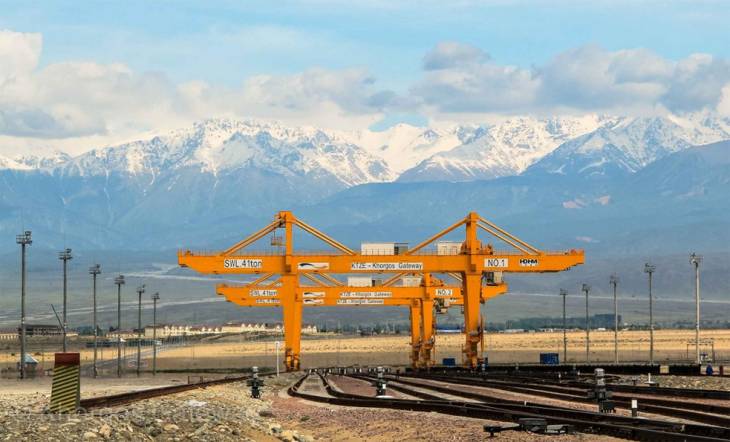New guidelines enhance BRI environmental credentials

In 2013, Chinese President Xi Jinping announced China’s plan to develop the so called Silk Road
Economic Belt and the 21st Century Maritime Silk Road, otherwise known as the Belt and Road Initiative (BRI) with the aim of expanding the ancient trade routes both geographically and thematically.
The BRI focuses on economic development and inter-regional connectivity across six economic corridors around the world through policy, infrastructure, trade, finance and people partnerships. China pledged to invest trillions of dollars in various areas including transportation, energy, and telecommunications infrastructure, industrial capacity, and technical capacity building.
A lot has been done since then with a lull in 2020 due to the COVID-19 pandemic due to restrictions in both national and international travel. Global supply chains were also affected due to the foregoing reasons, coupled with the fact that economies were also hard pressed. But things are gradually getting back to normalcy.
This time will be a bit different though. China is giving more emphasis to environmental considerations in project implementation. Not that it has not been the case before, but environmental considerations are now one of the foremost considerations in the choice and implementation of projects.
China’s fight against climate change both at home and overseas is well documented. The country has released blue papers and various guidelines on environmental conservation and how its partners can become involved in the initiatives.
Within a span of six months, China’s ministries of commerce and of ecology and environment have two set of recommendations, namely “Green development guidelines for overseas investment and cooperation”, “Guidelines for ecological and environmental protection of foreign investment cooperation and construction projects”, respectively. The guidelines target four major sectors in the BRI that overall constitute about 70 percent of the project’s value. These include energy, petrochemicals, mining and transportation.
The 2022 Guidelines are an upgrade from the 2013 Guidelines and a further support of the 2021 Guidelines. The 2022 Guidelines asks Chinese enterprises to “make a positive contribution to addressing climate change” and “promote the realisation of biodiversity conservation and sustainability”. Further, they stipulate ecological restoration of project sites and project impacts.

Picture Credit: Khorgos Gateway
Even where the recommendations are not binding on the host countries, Chinese companies are encouraged to “follow international green rules and standards”. This is aimed at ensuring that all BRI projects meet global environmental requirements. The recommendations also lay strong emphasis on the use of non-fossil energy technologies as key areas for investment.
According to an analysis by China Dialogue, an independent, non-profit organisation dedicated to promoting a common understanding of China’s environmental challenges, the new guidelines are comprehensive, covering climate, biodiversity and pollution.
Specifically, they stress the need to adhere to the “green development concept” throughout the entire process of foreign direct investment and cooperation. Secondly, the guidelines encourage the practice of environmental impact assessments and due diligence in accordance with internationally accepted standards.
They also apply high standards at the planning and design phase of infrastructure projects, and strengthen contact with host country governments, media, local people and environmental protection organisations. Chinese enterprises are encouraged to adopt international standards or China’s stricter standards for environmental protection if they operate in host countries with weak environmental governance.
The guidelines support investment in solar, wind, nuclear and biomass energy and other forms of clean energy. In its 25 articles, the January, 2022 guidelines describe how companies should integrate environmental considerations through a project’s life – from planning to construction, management and deconstruction, and in information disclosure.
The guidelines also as Chinese enterprises to focus on reducing environmental risks in three areas. First is pollution where they should control and minimise emissions related to water, noise, dust, vibration and solid waste, as well as other pollutant discharges. Second area of consideration is climate where companies should “make a positive contribution to addressing climate change”, for example, by preferring low-carbon projects (in energy, for example) and in “green supply chain management and green procurement”. On biodiversity, they should, among other things, conduct a targeted survey before constructing a project; if the results show high risks to biodiversity, they should reconsider the site.











